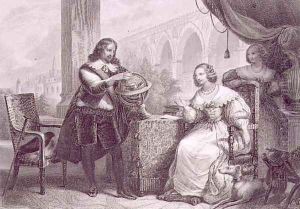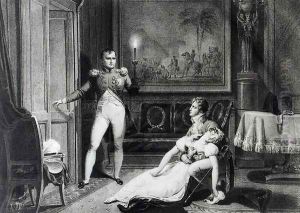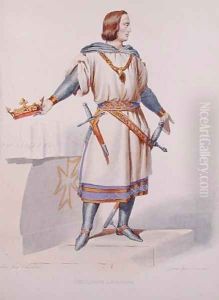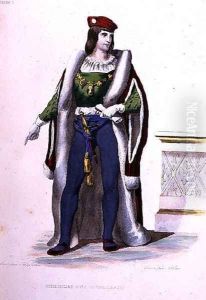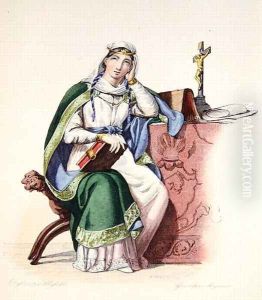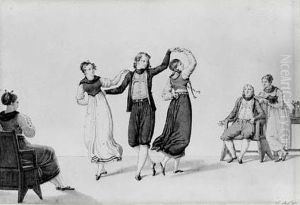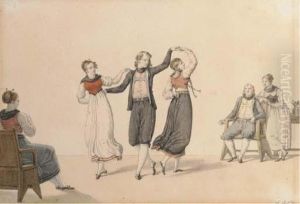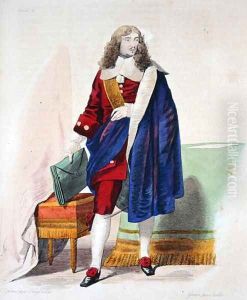Charles Abraham Chasselat Paintings
Charles Abraham Chasselat was a French painter, draughtsman, and engraver born on October 30, 1782, in Paris, France. He was known for his historical subjects, portraits, and genre scenes, as well as his adeptness in various techniques including painting, drawing, and etching.
Chasselat studied under the prominent French artists Jean-Baptiste Regnault and Antoine-Jean Gros, both of whom had a significant influence on his development as an artist. His education was profoundly shaped by the neoclassical tradition, which was predominant in the late 18th and early 19th centuries, and this influence is evident in the classical themes and stylistic choices observed in his works.
During his career, Chasselat exhibited at the prestigious Paris Salon, the official art exhibition of the Académie des Beaux-Arts in Paris. He gained recognition for his intricate and detailed engravings, which included reproductions of famous artworks and illustrations for books. One notable project was his work on illustrations for a publication of the works of Jean de La Fontaine, a famous French fabulist. Chasselat's contribution to the art of engraving was significant, particularly during a period when engraved illustrations were a primary means of reproducing images for the public.
Chasselat's artistic output also includes a number of portraits, which reflect the influence of his teacher Gros, as well as historical and genre paintings that often depicted scenes from French history or literature. Despite the rise of Romanticism during his lifetime, Chasselat remained largely committed to the neoclassical style, though some of his works do exhibit a romantic sensibility in their composition and subject matter.
Charles Abraham Chasselat's legacy is that of a skilled draftsman and engraver who contributed to the French artistic scene during a transitional period in art history. His works can be found in various museum collections and continue to be studied for their technical proficiency and historical value. He passed away on August 3, 1843, in Paris, leaving behind a body of work that reflects the artistic trends and cultural attitudes of his time.
